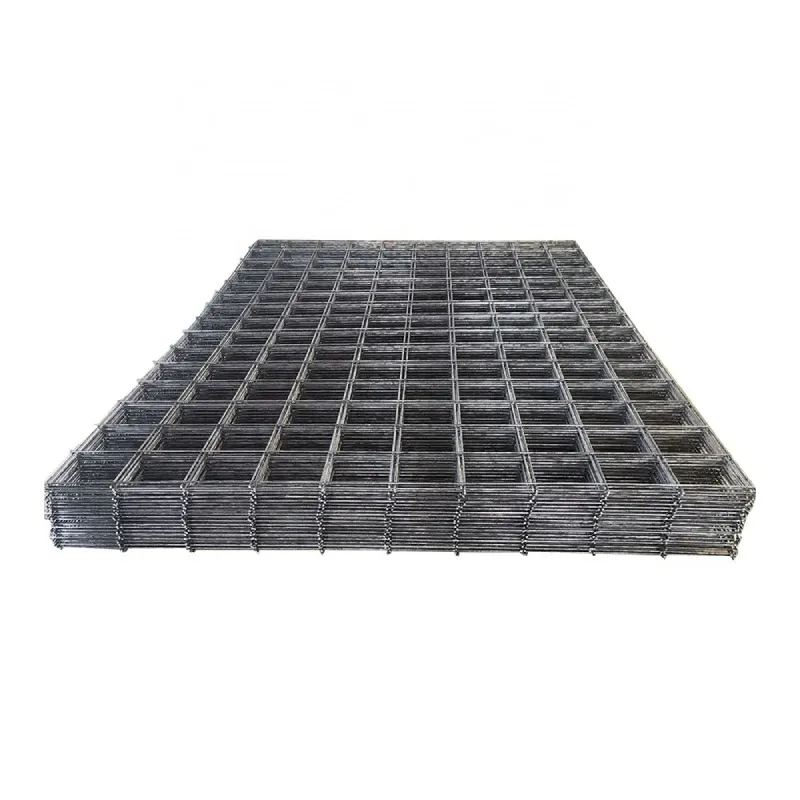The Importance of Traffic Noise Barriers Mitigating Urban Soundscapes
In today’s rapidly urbanizing world, noise pollution has emerged as a significant environmental concern, particularly in densely populated areas. Among the most prevalent sources of this noise is road traffic, which has been linked to various health issues, including increased stress levels, sleep disturbances, and even cardiovascular problems. One effective solution to mitigate these impacts is the installation of traffic noise barriers, which serve as physical and acoustic shields, reducing the transmission of sound from busy roads into residential and sensitive areas.
Traffic noise barriers are structures specifically designed to obstruct or deflect sound waves generated by vehicular traffic. They can be constructed from a variety of materials, including concrete, wood, metal, and various composites, and come in different heights and lengths, depending on the needs of the specific site. These barriers are often erected alongside highways, busy roads, and other transportation corridors where the noise levels can exceed acceptable limits, posing risks to public health and quality of life.
The effectiveness of noise barriers is influenced by several factors, including their height, length, and the material used in construction. Generally, taller barriers are more effective at blocking sound, as they can intercept a greater portion of the sound waves traveling over the road. However, they must also be aesthetically pleasing to maintain the visual appeal of urban environments. Thus, many modern noise barriers incorporate creative designs and landscaping techniques to blend seamlessly into their surroundings. Green barriers, which integrate vegetation into their structure, not only enhance sound attenuation through foliage but also contribute to environmental sustainability by promoting biodiversity and improving air quality.
In addition to their acoustic benefits, traffic noise barriers also serve important social functions. They create a buffer between high-traffic areas and residential zones, enhancing the safety and comfort of residents living nearby. Communities impacted by constant traffic noise often experience diminished property values, increased levels of anxiety, and even social isolation, as outdoor spaces become less usable due to noise pollution. By implementing noise barriers, cities can help restore a sense of tranquility and livability, ensuring that residents can enjoy their homes and public spaces without the constant intrusion of traffic sounds.
traffic noise barrier

Moreover, traffic noise barriers can play a vital role in urban planning and development. As cities continue to expand, integrating noise mitigation measures into infrastructure projects is essential for promoting sustainable growth. Strategically placed noise barriers can enhance urban connectivity, allowing travelers to access major roadways while minimizing the negative impacts on adjacent communities. This balance is crucial for fostering thriving urban environments that cater to the needs of both mobility and quality of life.
The economic implications of traffic noise barriers are also noteworthy. While the initial installation cost may be substantial, the long-term benefits often outweigh these expenditures. Reducing noise pollution can lead to lower health care costs, as fewer residents suffer from stress-related illnesses. It can also improve real estate values, generating higher property taxes for municipalities. Additionally, by fostering a more desirable living environment, cities can attract new residents and businesses, further stimulating local economies.
However, despite their benefits, it is essential to recognize that traffic noise barriers are not a standalone solution to noise pollution. They should be integrated with other sound mitigation strategies, such as noise-reducing pavement, traffic management systems, and urban planning initiatives that prioritize the separation of residential areas from high-traffic routes. A comprehensive approach ensures that cities can effectively address the multifaceted challenge of noise pollution while enhancing the overall quality of life for their inhabitants.
In conclusion, traffic noise barriers are an invaluable tool for mitigating urban noise pollution. Their ability to reduce sound transmission from busy roadways plays a crucial role in protecting public health, enhancing community well-being, and promoting sustainable urban development. As urban populations continue to grow, investing in effective noise mitigation strategies, including traffic noise barriers, will be vital for creating peaceful, livable cities that prioritize both mobility and quality of life for all residents.
-
The Best Metal Mesh Solutions: Expanded Aluminum Metal vs. Expanded Stainless Steel Metal
NewsSep.10,2024
-
Round Perforated Sheets vs. Hexagonal Perforated Sheets vs. Embossed Perforated Sheet Metal
NewsSep.10,2024
-
Perforated Metal Sheets
NewsSep.10,2024
-
Experience The Excellence Of Stainless Steel Grating
NewsSep.10,2024
-
Discover the Versatility Of Metal Mesh Expanded Forming Machines
NewsSep.10,2024
-
Discover The Advantages Of Steel Grating For Sale
NewsSep.10,2024
Subscribe now!
Stay up to date with the latest on Fry Steeland industry news.

